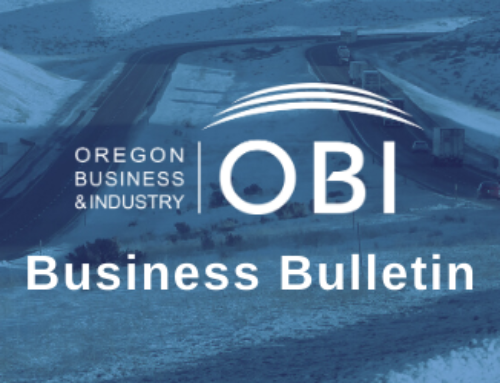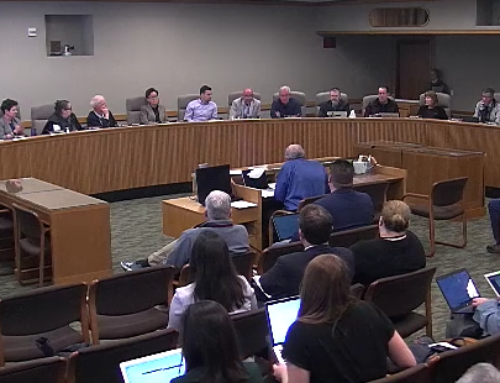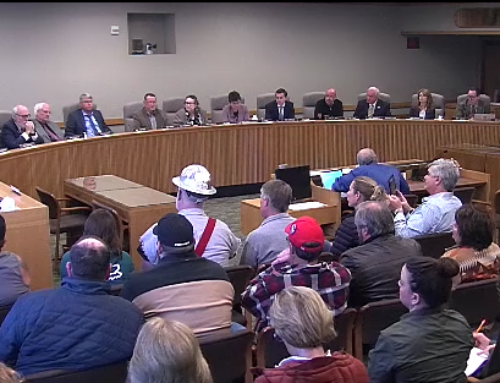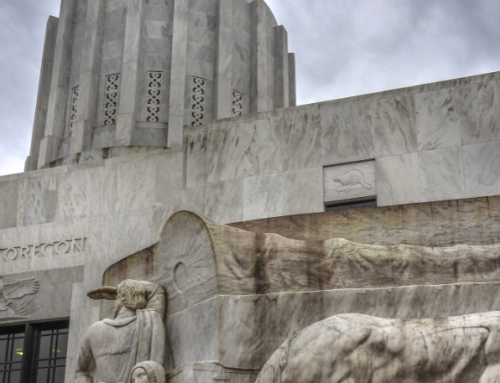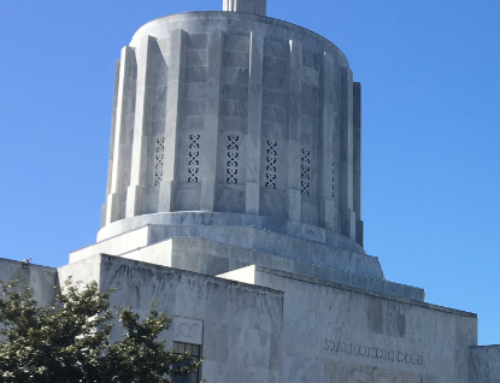Editorial: Some good and bad in state transportation plan
Legislators are scheduled to start debating Wednesday what parts they like and don’t like in a proposed state transportation plan. They should start by stopping the push to take money out of every Oregonian’s paycheck and creating new taxes on the sales of bikes and cars.
Oregon does have big transportation needs, and it’s been falling further behind year after year. All in all, there is a $5 billion wish list of projects for the next decade or so. The state may need as much as $110 million more a year to keep pavement conditions at fair or better. There’s as much as another $100 million a year to replace structurally deficient bridges. Cities may need as much as $217 million more a year to maintain their streets and bridges. And so on.
There is likely to be a lot of debate about the formula for splitting up any new revenue. The proposal is that 50 percent would go to the state, 30 percent would go to counties and 20 percent would go to cities. That formula penalizes communities such as Central Oregon that have some of the state’s highest growth rates. Shouldn’t the formula be based on need?
Most of the $5 billion in revenue to pay for the improvements would come from an increase in the gas tax. It would go up 6 cents plus 8 cents more over 10 years. Oregon’s state gas tax is at 30 cents a gallon. There is also a proposal to increase the cost of a title fee by $20 and increase vehicle registration fees by $20. More increases in those fees would come later.
The increase in the state gas tax is a good idea. A gas tax is transparent, and it’s related to road use. There’s also a good component to the proposal for the title and registration hikes. The state would charge the fees in three tiers based on the mileage a car gets. High mileage vehicles would pay more. That makes sense, because high mileage vehicles use less gas, but they don’t necessarily use the roads any less.
Perhaps the worst proposal in the package is for a new statewide payroll tax for public transportation. It would be one-tenth of 1 percent, so a person making $50,000 a year would pay about $50 a year.
Not every community in Oregon has a public transit system. It’s not at all fair to tax all Oregonians to pay for something they may not have. If a local community has a system, the voters there should decide for themselves how much they want to tax themselves to pay for it.
Then, there’s the new proposed tax on bike sales to build off-road biking and walking paths. The tax would be 5 percent on new bike sales. This will be music to ears of those who believe that bike riders are a bunch of freeloaders that don’t pay to use the roads.
But first of all, if this tax is implemented, expect to see sudden growth in the number of “used” bikes that are sold. That maneuvering aside, bike riders do more than ride bikes. Although there are certainly exceptions, many bikes riders have cars and pay gas taxes and fees. Most pay property taxes through rent or home ownership. Bike riders aren’t escaping taxation. They are just riding bikes.
Another new tax is called a dealer privilege tax. It’s a way of putting a 1 percent tax on new car sales without calling it what it is — a sales tax. The state should be honest about its taxes. Call a sales tax what it is.
We also don’t understand why a tax on new cars is in the Legislature’s sights. Is it out of habit of looking for new ways to tax? Is it because legislators tried a proposal earlier in the session to tax old cars and that was shot down?
The money for this tax would go to traffic congestion relief. That’s a worthy goal. But toll roads with congestion pricing is a better policy choice targeted directly at the problem.
Source Bend Bulletin: http://www.bendbulletin.com/exports/newsletters/main/5292964-151/editorial-some-good-and-bad-in-state-transportation?utm_source=Today%27s%20Top%20Headlines%20from%20The%20Bulletin&utm_medium=email&utm_campaign=BendBulletin%20MRSS%20-%20Main-17-05-10

